Nanoinformatics and DNA-Based Computing: Catalyzing Nanomedicine
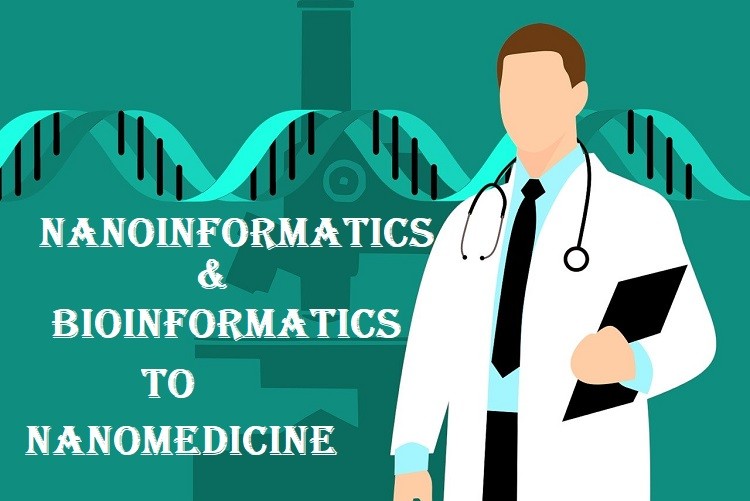
Five decades of research and practical application of computers in biomedicine has given rise to the discipline of medical informatics, which has made many advances in genomic and translational medicine possible.
Exploring Human Microbiome: The Potential Future Role of Next-Generation Sequencing
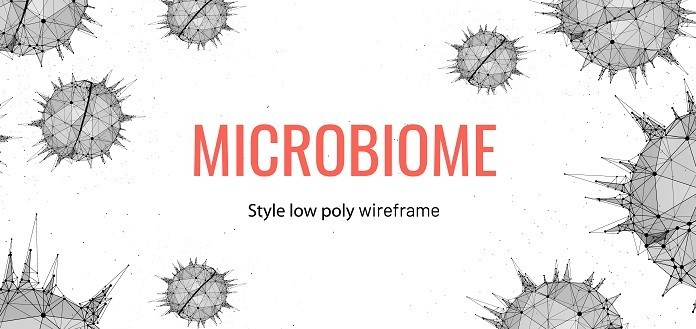
The human microbiome is the aggregate of all microbiota that reside on or within human tissues and biofluids along with the corresponding anatomical sites in which they reside, including the skin, mammary glands, placenta, seminal fluid, uterus, ovarian follicles, lung, saliva, oral mucosa, conjunctiva, biliary tract, and gastrointestinal tract.
Agrigenomics & Bioinformatics: How Genomics to Contribute in Agriculture
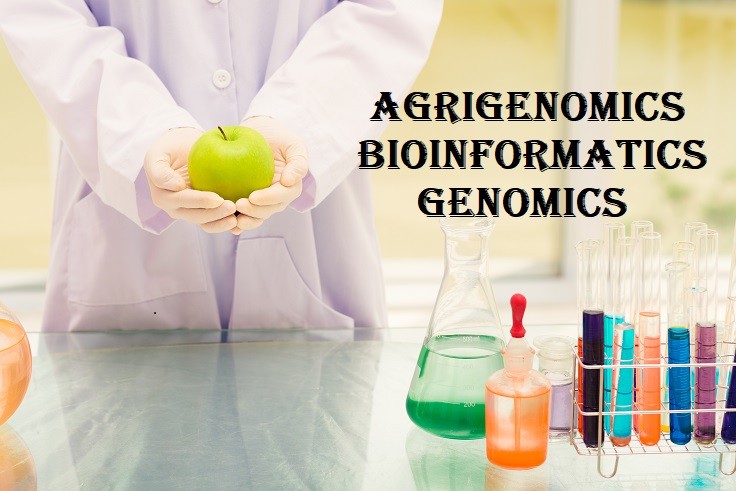
Genomics is an interdisciplinary field of biology focusing on the structure, function, evolution, mapping, and editing of genomes. A genome is an organism's complete set of DNA, including all of its genes.
Gene Expression: Transcription Factor Evolution Amongst Life Domains
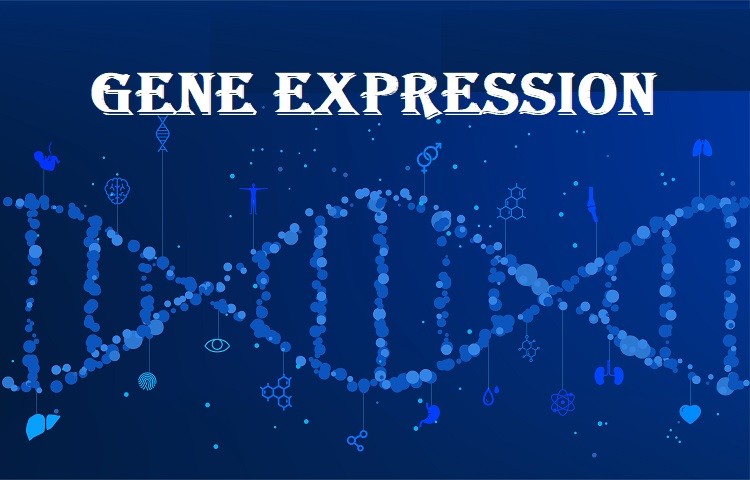
Gene expression is the process by which information from a gene is used in the synthesis of a functional gene product. These products are often proteins, but in non-protein-coding genes such as transfer RNA (tRNA) or small nuclear RNA (snRNA) genes, the product is a functional RNA. Gene expression is summarized in the Central Dogma first formulated by Francis Crick in 1958, further developed in his 1970 article, and expanded by the subsequent discoveries of reverse transcription and RNA replication.
Bioinformatics - Method of Biological Data Analytics
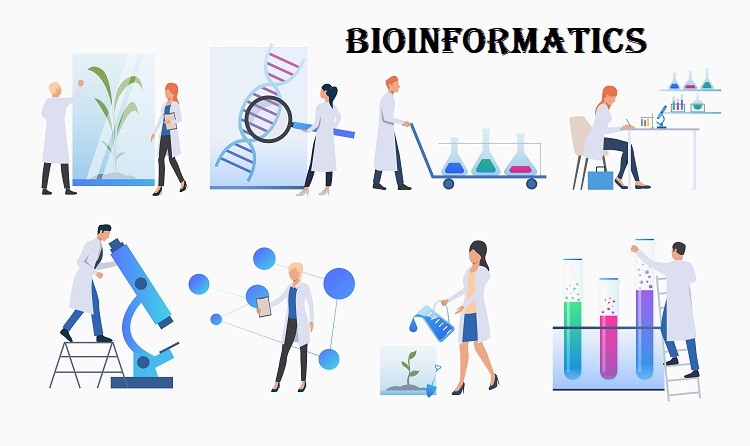
Bioinformatics has become an important part of many areas of biology. In experimental molecular biology, bioinformatics techniques such as image and signal processing allow extraction of useful results from large amounts of raw data.
Neuroscience: A Pulse of Hope in the Fight Against Alzheimer
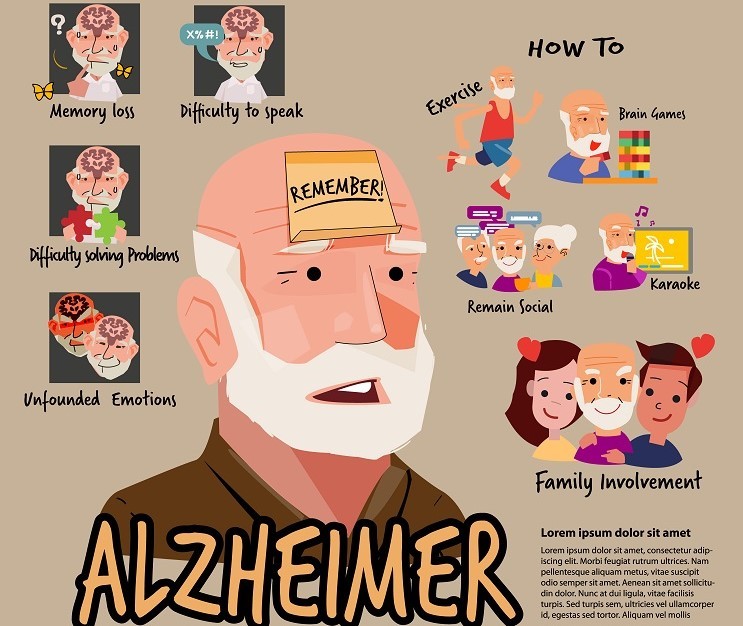
Alzheimer's disease (AD), also referred to simply as Alzheimer's, is a chronic neurodegenerative disease that usually starts slowly and gradually worsens over time. It is the cause of 60–70% of cases of dementia. The most common early symptom is difficulty in remembering recent events.
ECG Telemetry Devices: Digital Future of Neuroscience World
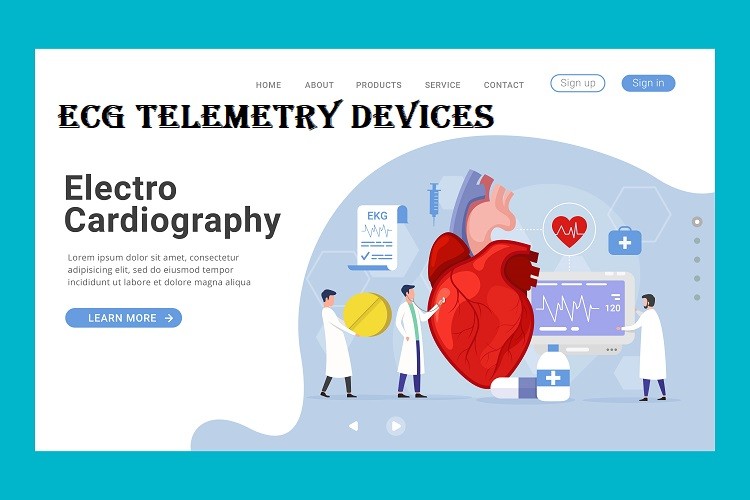
ECG device monitors and record electrical activity of the heart and the device detects and picks up electrical impulses generated by the polarization and depolarization of cardiac tissue and translate them into waveform. This helps physician or cardiologist to diagnose cardiac abnormalities as well as size and position of chambers.
Stem Cells: Potential to Treat a Wide Range of Diseases
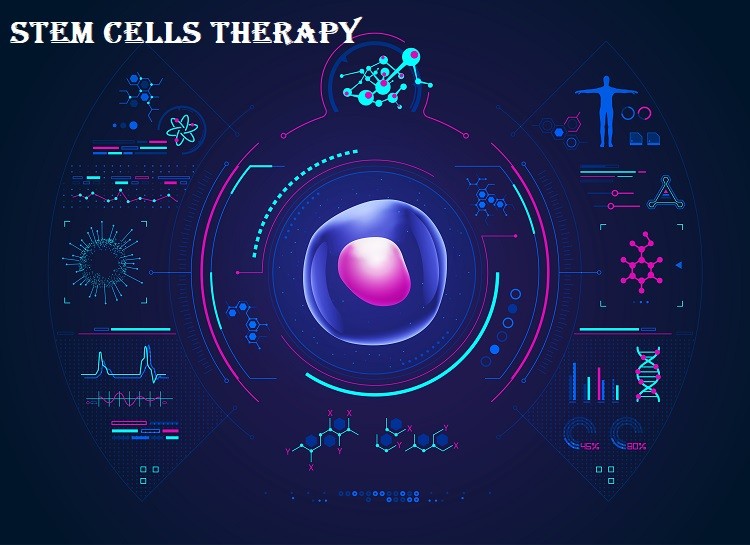
Stem cells have the potential to treat a wide range of diseases. Here, discover why these cells are such a powerful tool for treating disease—and what hurdles experts face before new therapies reach patients.
CRISPR: A Game-Changing Genetic Engineering Technique
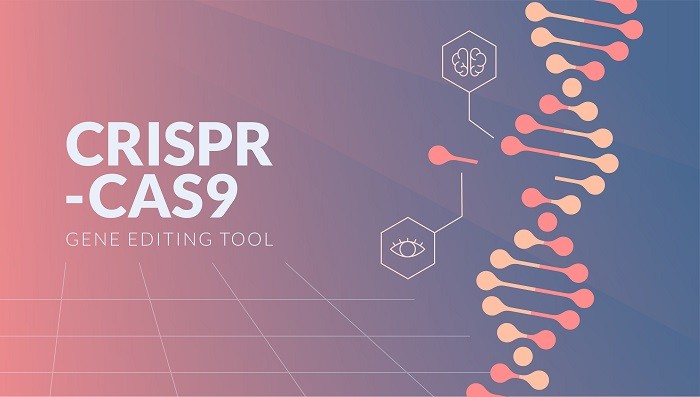
CRISPR (Clustered Regularly Interspaced Short Palindromic Repeats) technology is a simple but powerful tool for genome editing. This tool enables life science researchers to easily edit DNA sequences and modify gene function. It has many potential applications include correcting genetic defects, treating and preventing the spread of diseases and improving crops.
The Future of Microbiology - BioTechs World
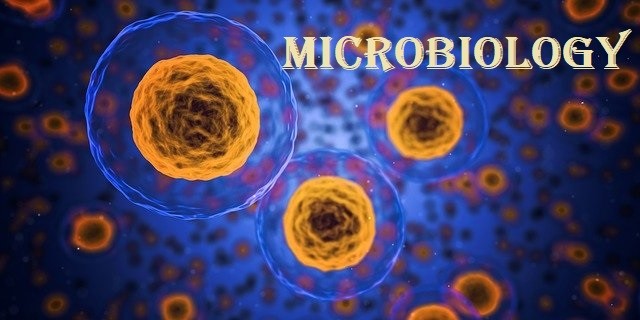
Industrial Microbiology refers to a branch of applied microbiology that attributes to the microorganism screenings for the production of pharmaceuticals, food and beverage, personal care products and other applications.